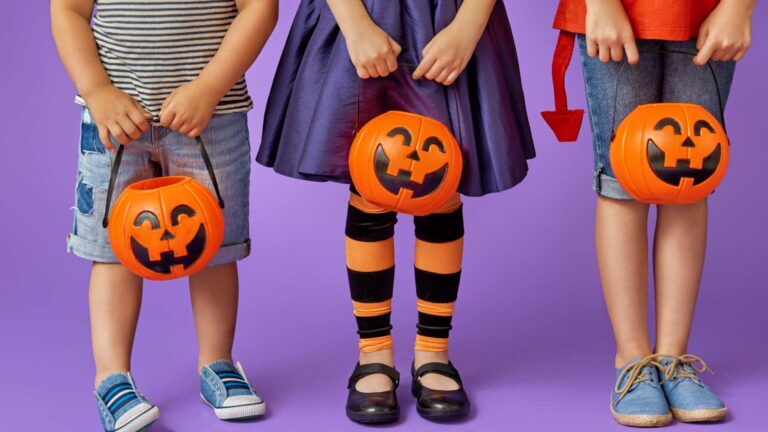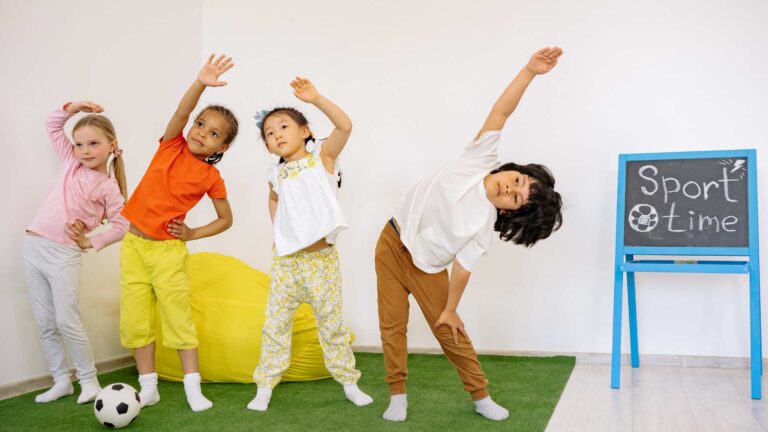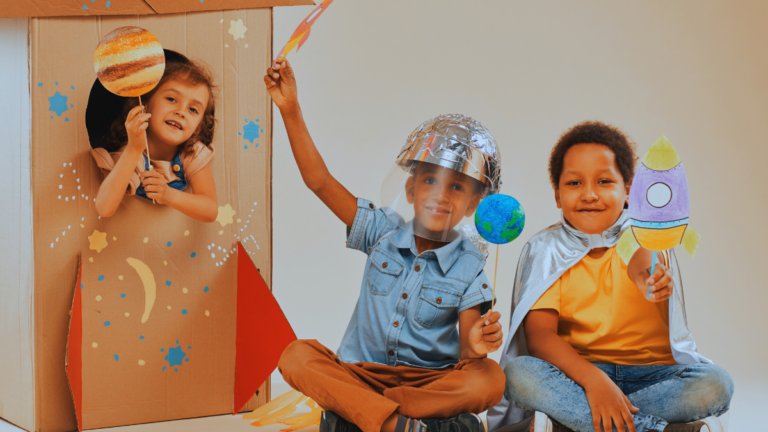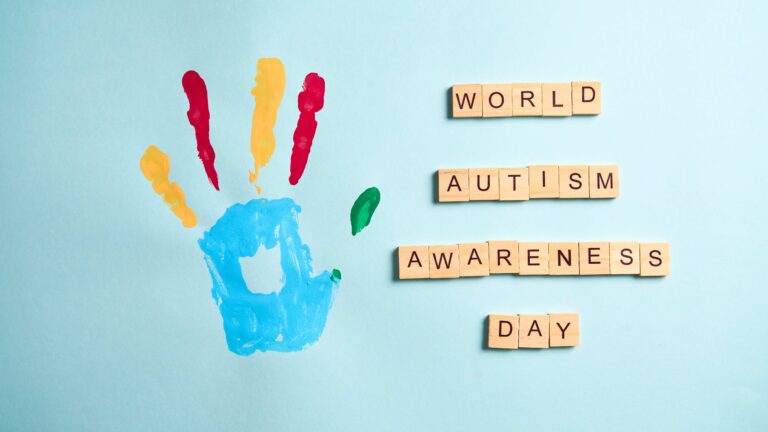Table of Contents
How can I make Halloween unique for my kid with ASD?
If you’re a parent or caregiver of a child with autism, you understand that the unique aspects of autism spectrum disorder (ASD) go beyond communication challenges or repetitive behaviors. It’s about recognizing your child’s specific sensory needs and preferences to ensure they feel safe and supported, especially when creating an autism-friendly Halloween, which can be overwhelming for children with sensory sensitivities.
Halloween, with its bright lights, loud sounds, and unfamiliar costumes, can be a sensory overload for some children with ASD. If your loved one has recently been diagnosed with autism, you might be wondering, “How can I celebrate Halloween with my kid with autism?” The first step we always recommend to parents is to know your child: understand their preferences, dislikes, and sensory sensitivities to design a celebration that’s autism-friendly and fun for the whole family.
In this blog by ABA Centers of Rhode Island, we’ll explore strategies for an autism-friendly Halloween for children with ASD while also looking at how ABA therapy can provide extra support during festive occasions.
Why Halloween Can Be Challenging for Children with Autism
Halloween is often a sensory-rich experience, filled with unpredictable elements that can be difficult for children with autism to process. Some of the common challenges include:
Costumes: Many children with ASD have strong preferences for certain textures and may find typical Halloween costumes itchy, tight, or uncomfortable. Dressing up can feel overwhelming, and they might resist wearing costumes altogether.
Trick-or-Treating: The tradition of going door to door, interacting with strangers, and hearing unfamiliar sounds (like doorbells or spooky music) can trigger anxiety. Changes in routine can also be unsettling, making the trick-or-treat experience less enjoyable.
Sensory Overload: Bright, flashing lights, loud noises, and crowded streets can easily overwhelm children. Halloween decorations such as strobe lights, sudden loud noises, or eerie music can be alarming and cause distress.
Social Expectations: Social interactions, like saying “trick or treat” or engaging with other kids in costume, can be challenging for children who struggle with communication or social cues.
And why this can happen? Children on the spectrum may experience significant anxiety during events like Halloween due to their sensory sensitivities and need for predictability. According to Autism Speaks individuals with ASD can experience sensory sensitivities to sights, smell, sounds, touch, and taste, among others. These sensitivities make them perceive the world differently, where stimuli such as bright lights and loud noises can be overwhelming.
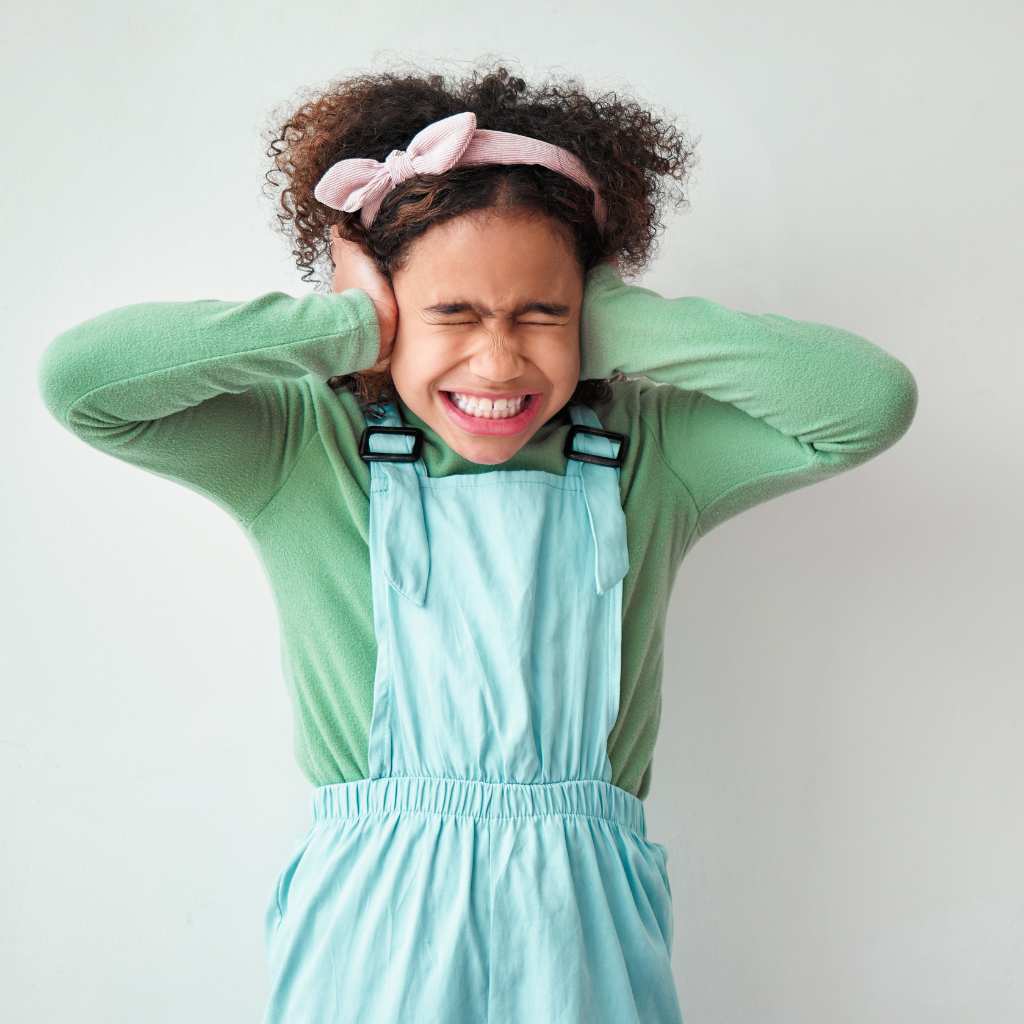
Adding the absence of a straightforward routine and interactions with strangers can heighten their discomfort, as many rely on predictability to feel secure.
7 Strategies for an Autism-Friendly Halloween
Here are some practical steps you can take to make an autism-friendly Halloween more enjoyable and less overwhelming for your child:
1. Choose Comfortable Costumes: Instead of traditional costumes, opt for clothing your child feels comfortable in. Consider DIY options that reflect their favorite characters or themes but are made it with familiar, soft fabrics. Sometimes, simply letting your child wear a favorite outfit or themed pajamas can make them feel part of the fun without causing discomfort.
2. Practice Ahead of Time: If you’re planning to go trick-or-treating, practice the process at home. Walk your child through knocking on doors and saying “trick or treat” to reduce any anxiety or fear. You can also create a visual schedule or social story to explain what will happen during the event, helping your child prepare.
3. Control the Environment: If trick-or-treating feels like too much, create a home-based Halloween experience. Invite close friends or family members to your house where you can control the sensory environment. Your family can still enjoy the Halloween spirit through games, crafts, or a small indoor candy hunt.
4. Use Visual Cues: Visual supports, like picture cards, can help your child navigate the evening’s events. Whether it’s understanding when to knock on a door or knowing what to expect when trick-or-treating, visual cues can reduce anxiety and make the experience more predictable.
5. Adjust Trick-or-Treating Plans: If your child finds large crowds or noisy environments overwhelming, consider trick-or-treating earlier in the evening when it’s quieter. Alternatively, you could visit the homes of family and friends rather than going to unfamiliar houses.
6. Allow Breaks: Let your child take sensory breaks if they feel overwhelmed. Bringing along a favorite toy or sensory item can provide comfort and a moment of calm during potentially stressful moments. It’s okay to step away if the environment becomes too much for them.
7. Prepare for Flexibility: Remember, Halloween doesn’t have to look the same for every family. If your child is happier handing out candy at home instead of trick-or-treating, that’s perfectly fine. Adapt the celebration to meet their needs and focus on the joy they find in more minor, more controlled activities.
The Role of ABA Therapy in Supporting Families During Festive Seasons
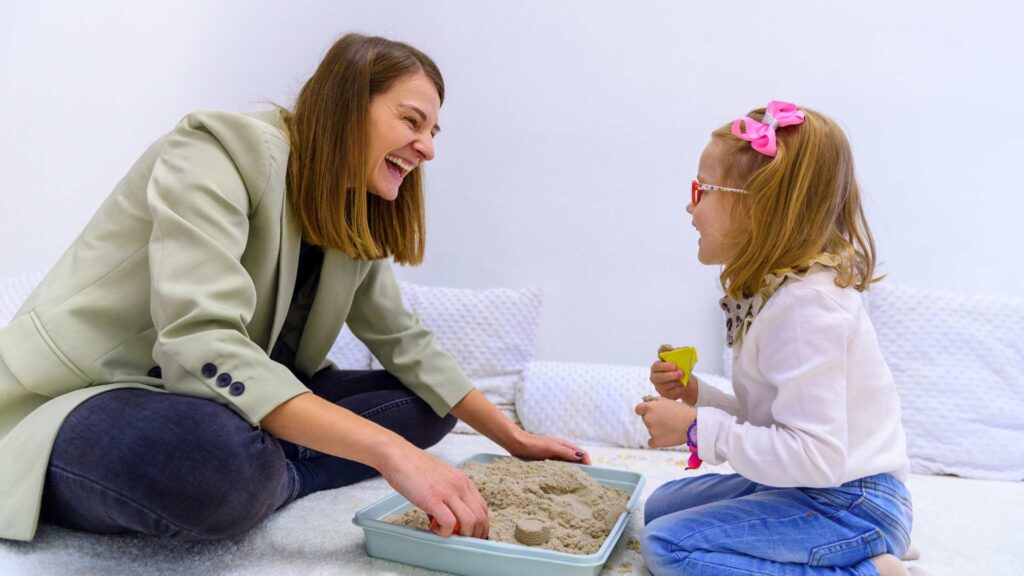
Applied Behavior Analysis (ABA) therapy is widely recognized for helping children with autism develop life skills and navigate challenges related to social interactions, communication, and behavior. During festive times like Halloween, ABA therapy can provide additional support for both parents and children.
Therapists can work with your child to build coping strategies for dealing with sensory overload, anxiety, or unexpected changes in routine. This process can help reduce stress during different celebrations.
Moreover, ABA professionals often offer support to parents, guiding how to prepare their children for new experiences like Halloween and how to manage challenging behaviors that may arise during festive events.
Celebrate Halloween with Confidence and the Support of ABA Centers of Rhode Island
Halloween can be a challenging time for families with children on the autism spectrum. Still, with a bit of planning and creativity, it can also be an enjoyable experience for everyone!
If you need support with the more difficult traits of autism, we invite you to contact the experts. At ABA Centers of Rhode Island, we have helped hundreds of families navigate autism through early intervention and personalized ABA therapies designed to meet their goals based on their needs and capabilities.
If you want to know how behavioral therapy works to improve the daily life of your little one, call us at (855) 922-4184 or schedule a free consultation now.
We are here to support families every step of the way, ensuring that your child has the tools they need to thrive in any situation.

